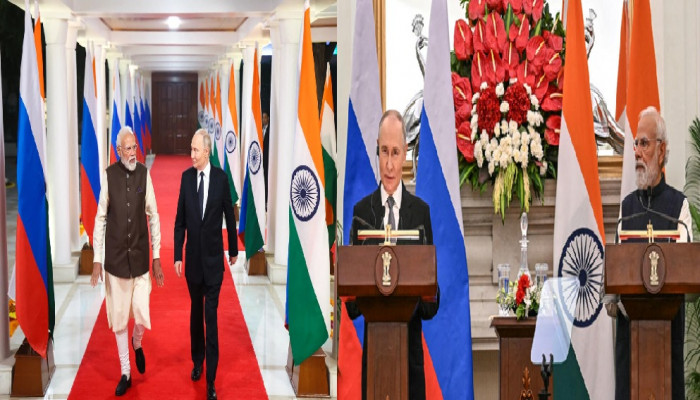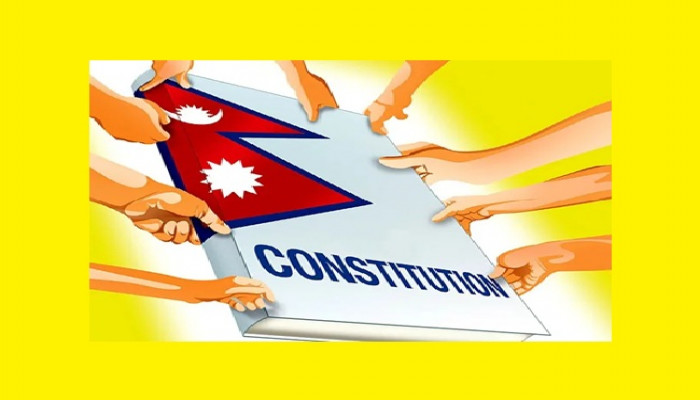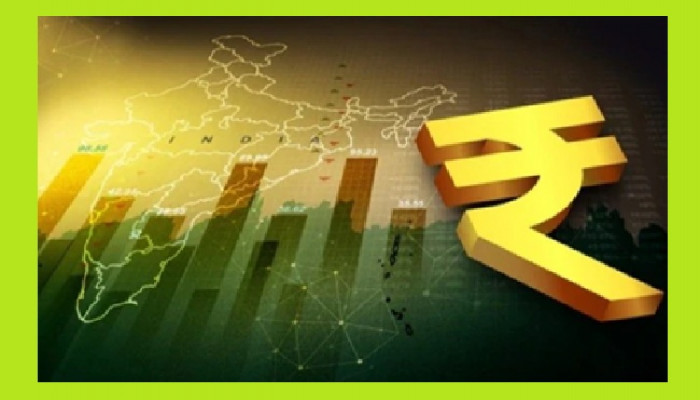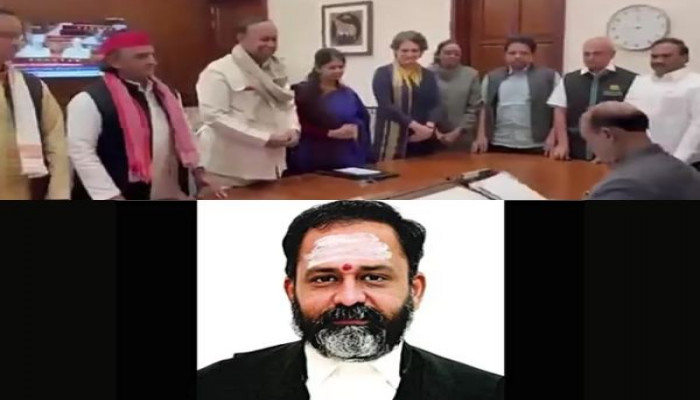- Dec 09, 2025
- Ramaharitha Pusarla
Featured Articles
India-Russia Strategic Convergence: Pillar of Multipolarity
President Putin’s visit to India for the 23rd annual summit, Dec 4-5, after a four-year gap, has expectedly drawn global attention. West’s attempts to isolate Putin faced a setback after PM Modi reneged on the diplomatic protocol and received him on the tarmac. Affirming the longstanding friendship, both leaders rode back together to PM Modi’s residence for a private dinner and candid exchange of views on bilateral, regional and global issues. India’s friendship with Russia dates back to the nearly eight decades old diplomatic ties with the Soviet Union. Russia upheld the mantle of friendship after the collapse of the Soviet Union. Consolidating the ties, countries elevated their relationship to “Special and Privileged Strategic Partnership’ in 2010 and institutionalised it through annual summits, a unique arrangement, an exclusive preserve for trusted friends. Styled on the Soviet Union’s Communist approach, the India-Russia bilateral cooperation is guided by the framework of the India-Russia Intergovernmental Commission (IRIGC), comprising two divisions- IRIGC-TEC (Trade, Economic, Scientific, Technological and Cultural Cooperation) and IRIGC-M&MTC (Military & Military Technical Cooperation). By and large, the partnership was largely steered by an uncharacteristically large number of intergovernmental implementation agencies and working groups. Despite longstanding relations, the partnership was largely government-driven with a very limited business-to-business engagement. Moscow’s worldview of India, dominated and shaped by the Soviet era, has largely limited its cooperation to the core areas of yesteryears like defence and nuclear energy. Extensively engaging with the European countries and China for energy exports and consumer goods till 2022, Russia’s economic engagement was largely Eurocentric. Post-Crimean annexation and sanctions, Russia made a strategic pivot to China, and this consistently deepened after the West’s punitive actions. Russia’s exclusion from SWIFT payment and secondary sanctions have further accelerated Russia’s pivot to the East, with China eventually emerging as Russia’s largest trade partner. Spanning two continents-Europe and Asia—Russia has traditionally leaned towards Europe. In its efforts to align and modernise, Russian institutions are rooted in European traditions. Although a large part of Russia is geographically in Asia, Russia sought comfort in its European identity. Indeed, after the Cold War until the early 2000s, Moscow made repeated attempts to join NATO. However, all its proposals were rejected. Geographically, a Eurasian power, Russia prioritised European ties over Asian influences. The Ukraine conflict of 2022 has thus been a turning point for Russia's geopolitics. Isolated, sanctioned and ostracised from global systems, Russia was forced to recalibrate its policy. It is no secret that Mackinder’s Heartland theory of global dominance has been at the root of the West’s relentless efforts to draw Ukraine into its ambit. With access to Black Sea that connects West Asia to Europe and Russia, Ukraine is geographically pivotal. With vast mineral resources and a strategic position, any power controlling this heartland can project dominance to the vastly interconnected world. West’s control of Ukraine is Russia’s strategic vulnerability. To retain dominance over Eurasia, the West has invested heavily in Ukraine. Though Halford John Mackinder’s theory is still debated, through impressive territorial gains in Ukraine, Russia is inching closer to gaining access to the Black Sea and the huge network of pipelines running through the region. Along with steady gains in Eurasia, reinventing its Asian identity, Russia is now geopolitically aligning with major Asian countries and giants. Pursuing economic diversification, Moscow has intensified trade ties with Asia and African countries. Eurasia holds the key to global dominance, and implicitly so, Russia’s strategic realignment has restructured the contemporary geopolitical landscape. Putin’s visit to India came a day after he “threatened Europe with a war, if it wants one”. Catalysed by European intransigence to the Ukrainian peace plan and castigated for importing Russian energy, Moscow and New Delhi have found themselves in a rare strategic congruity where deepening ties could be a mutually win-win. Shedding the legacy baggage of the Soviet era, Russia is now seeking economic opportunities in India’s expanding markets. As the fourth-largest economy with immense development potential, India offers a platform for reimagining bilateral relations. Since the Ukraine conflict, the West has targeted India for not taking sides, condemning Russia and sourcing oil imports from Moscow. Earlier in August, Trump slapped an additional 25% tariff on India for importing Russian imports in addition to the baseline reciprocal 25% taking the overall tariffs to 50% as a punishment. Resisting economic pressure, India kept its ties with Russia intact. Lately, Washington has pursued hard bargains with New Delhi by linking trade negotiations to the acquisition of F-35 fighter jets and pressing for unfettered market access to US agricultural and dairy products in India. By withholding access to critical source codes and weapons integration systems, Washington seeks to leverage defence technology to pin down India into strategic dependence. Rebuffing the offer and refusing to cave in, India explicitly expressed its readiness to expand the gamut of cooperation with Russia. Instructively, acknowledging India’s rising international stature, in a bid to economically diversify and derisk from China, during the Summit meeting, PM Modi and President Putin unveiled, “Time Tested, Progressive Partnership anchored in trust and mutual respect for 2030”. Setting an ambitious target of $100 billion bilateral target, countries broadened the partnership to balance the skewed trade and bolstered people-to-people cooperation, a quintessential foundation to rejuvenate cultural, political and economic connections between the countries. India-Russia partnership was anchored in defence cooperation, which included co-production, co-development and technology transfer. Aligning these aspects with “Make in India” countries have now agreed to manufacture the spares for Russian defence procurements in India. Apart from fast-tracking negotiations on FTA with the Eurasian Economic Union (EEU), leaders have addressed the India-Russia Business Forum to promote private investments, cooperation in startups and unveiled Programme 2030 to foster cooperation in AI, innovation, critical and emerging technologies. With a fundamental reorientation of economic conversations, leaders discussed the use of national currencies for bilateral trade and interoperability of financial systems. The panoply of agreements and announcements on Putin’s State visit is a testament to an ambitious vision plan for India-Russia's longstanding partnership. Notable MoUs signed included - Migration and Mobility agreement (on temporary labour activity & combating irregular migration), health care, medical education and science, food safety compliances, cooperation in shipping, ports, joint mineral exploration, border postal cooperation, scientific and academic collaboration, training students and professionals for academic activity, training specialists for ships operating in Polar waters and media cooperation. Countries also signed an MoU on a joint venture in Urea manufacturing in Russia. India has announced a 30-day e-tourist visa on a gratis basis to Russian nationals on a reciprocal basis. With no mention of high-profile defence deals in the Joint Statement, critics labelled Putin’s visit as high on theatrics and poor on substance. However, this underlines a strategic shift in military partnership, now reorienting toward joint research and development, co-development, and co-production of advanced defence technologies. Russia's Su-57 offer is on the table, with Moscow proposing to transfer technology, 60% licensed local production and integration with indigenous sensors and missiles and upgradation of the Su-30 MKI fleet. Besides promising discounted oil supply, countries are now focused on strengthening infrastructure connecting the International North-South Transport Corridor (INSTC), the Chennai–Vladivostok (Eastern Maritime) Corridor, and the Northern Sea Route. Ahead of Putin’s visit, the Duma has ratified the Reciprocal Exchange of Logistics Support (RELOS) pact with India and coinciding with Putin’s visit, Rosatom has announced the delivery of the first batch of nuclear fuel for the third reactor at the Kudankulam Nuclear Power Plant. Aligning with India’s goal of 100 GW nuclear power by 2047, Russia offered to build a second nuclear plant and pledged small modular reactors. For decades, independent India failed to leverage its strategic location and its significant maritime power. Asserting its maritime power, India signed foundational logistics agreements with the US. India has similar pacts with Japan, Singapore, France, Australia and South Korea. With the formalisation of RELOS, India can counterbalance the Western defence integration and dilute Russia’s dependence on China. RELOS serves the twin purposes of opening doors to the warm water ports for Russia and grants the Indian Navy access to the Russian Arctic (Murmansk) and Far East ports (Vladivostok). While India can become a stakeholder in the emerging Arctic trade routes, mineral explorations and counter the rising Chinese footprint in the Polar, Russian access to the Indian Ocean Region (IOR) will alter the Indo-Pacific balance. RELOS echoes with India's goal of setting a permanent manned mission in the Arctic region. Besides enhancing the institutional interoperability through joint manoeuvres and mutual use of the military facilities for refuelling, supplies and maintenance, it will provide berthing facilities for troops, warships and aircraft. The pact allows the stationing of five warships, 10 aircraft and 3000 troops in the territory of the partner country. The logistics agreements with the US and Russia epitomise India's ‘strategic autonomy’ and its strategic capitalisation of geographical location. Steadily bolstering defence, energy, military linkages, and now repurposing the partnership with a long-term view on economic engagement, India has broadened the expanse of cooperation with Russia. Diligently exploring the economic opportunities, India and Russia are reshaping their partnerships to avoid being coerced by both the US and China. Investments and economic cooperation with India can help Russia break free from the Chinese clasp. A deepening Russia partnership and a steady flow of discounted crude lend economic stability and immunity from inflationary pressures for India. A steady India-Russia defence upgrade through joint production, besides rattling the adversaries, will help India assert its sovereignty over the weapons. India can no longer be pressurised to surrender its freedom for advanced defence technologies. The symbolism of the recently concluded India-Russia summit is a political message to the West. Ramping up trade engagements, Indian engineering, pharmaceuticals, chemicals and electronics are now entering Russia. Leaders have laid a foundation for a “balanced, mutually beneficial, sustainable and long-term partnership” amid the complex and uncertain geopolitical situation. Instead of buckling under pressure, India has doubled down on its ties with Russia. Trump’s ruthless rundown of Indian interests amid its trade concessions and conciliations to China, despite Beijing’s Russian energy imports, hasn’t gone down well with India. Trump’s attempts to draw India into its geo-strategic games- weaning it away from Russia while making overtures to Pakistan are now falling apart. India has always valued its relations with the US and continues to do so. However, Washington’s blatant coercion, breaking through the seams of the Comprehensive Global and Strategic Partnership, threatens to dangerously damage the trust factor. India can no longer be instructed to but negotiated with to have a mutually beneficial trade agreement. Days after Putin’s visit, a US trade delegation arrived in India for talks, and Quad officials met twice in a week to hold talks on counter terrorism and humanitarian aid. However, being a compulsive deal maker, Trump is attempting to arm-twist India with fresh tariffs on Indian rice. China weaponises rare earths while India is inexorably wielding its strategic autonomy to secure food, fuel and fertiliser security. Steering clear of alliances, navigating its own course through strategic diversification and reviving old trusted relationships, India is emerging as a responsible power. India is not a vassal state to be dictated to, but a leader capable of charting through muddled waters towards the mission of Viksit Bharat 2047. Constantly drawing its force and energy from the centuries of resilience as a civilisational state, India is uncompromisingly advancing its national interests. India seeks partnerships based on respect. Washington’s imperialistic and hierarchical partnerships are accelerating a global reconfiguration and promoting the emergence of a multipolar world order. References Joint Statement following the 23rd India - Russia Annual Summit (December 05, 2025) List of Outcomes: State Visit of the President of the Russian Federation to India (December 04 – 05, 2025) Transcript of Special briefing by MEA on the State Visit of the President of Russia to India (December 05, 2025)- Dec 09, 2025
- Dr Ryan Baidya









.jpg)
.jpg)

